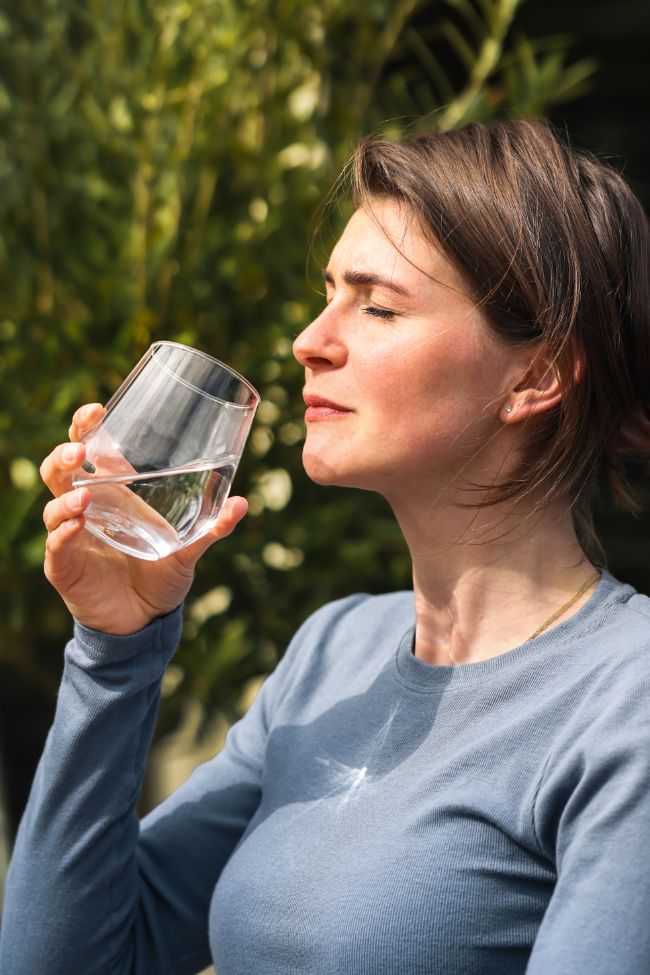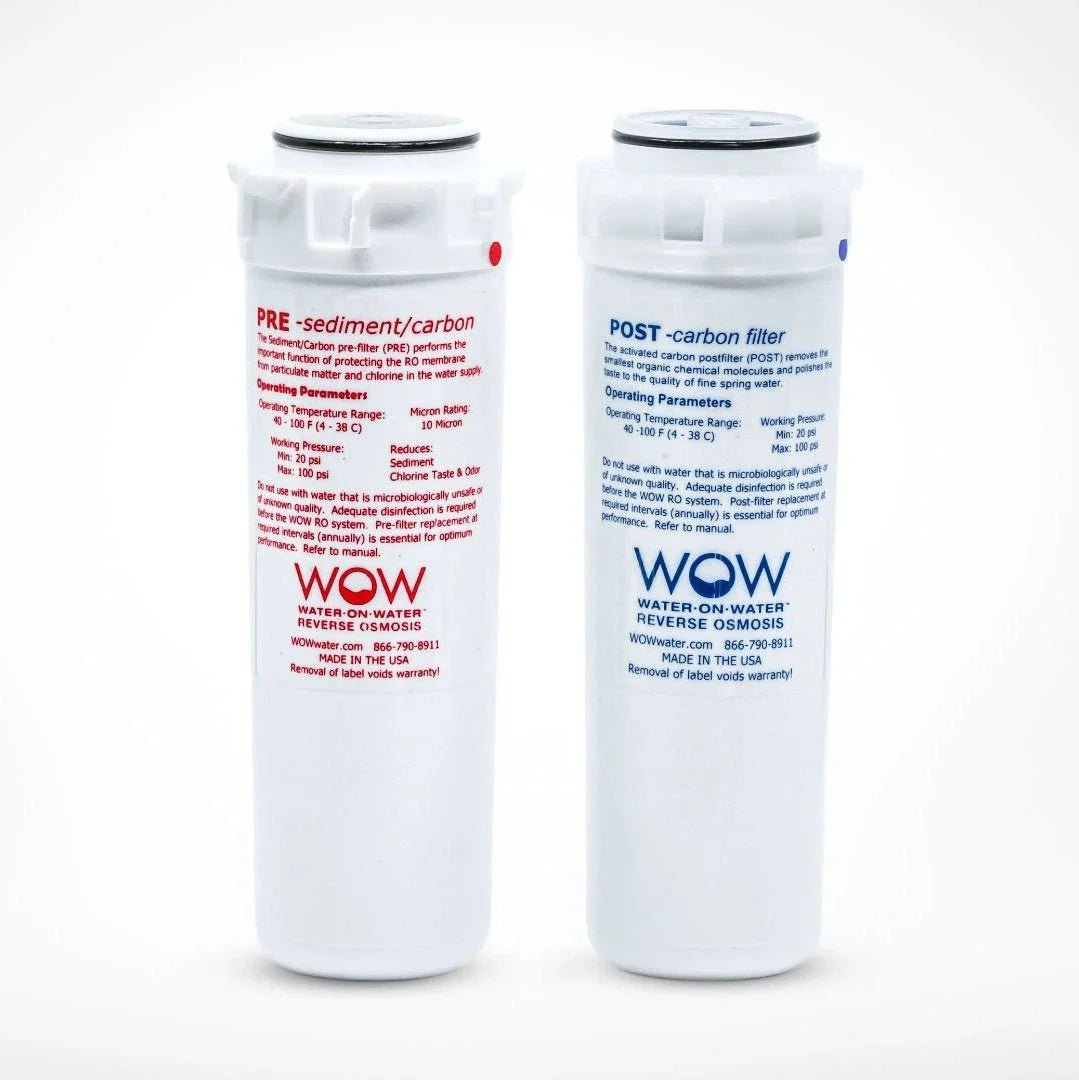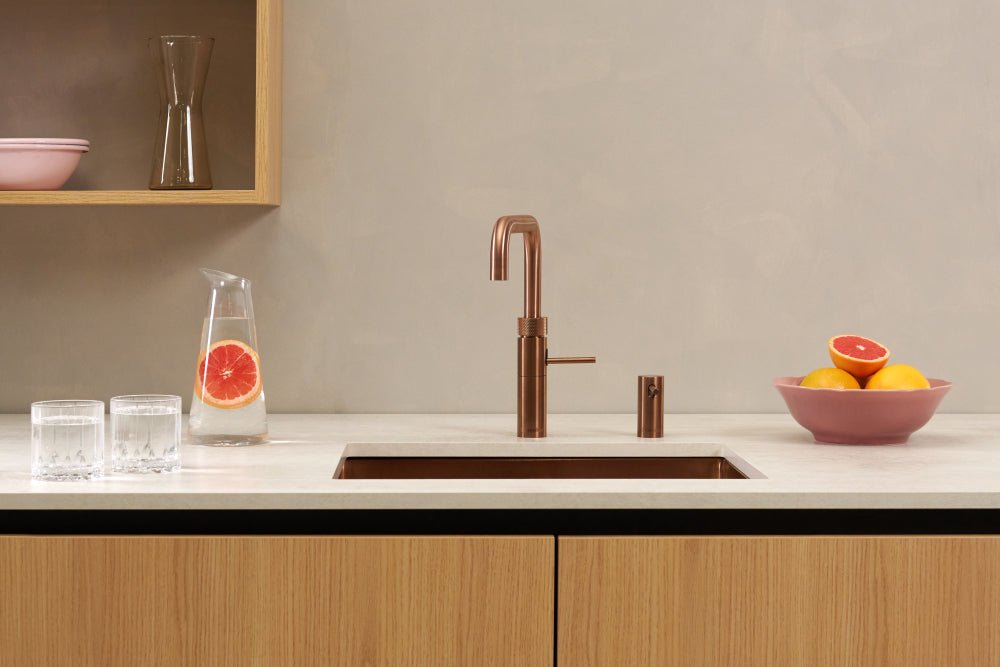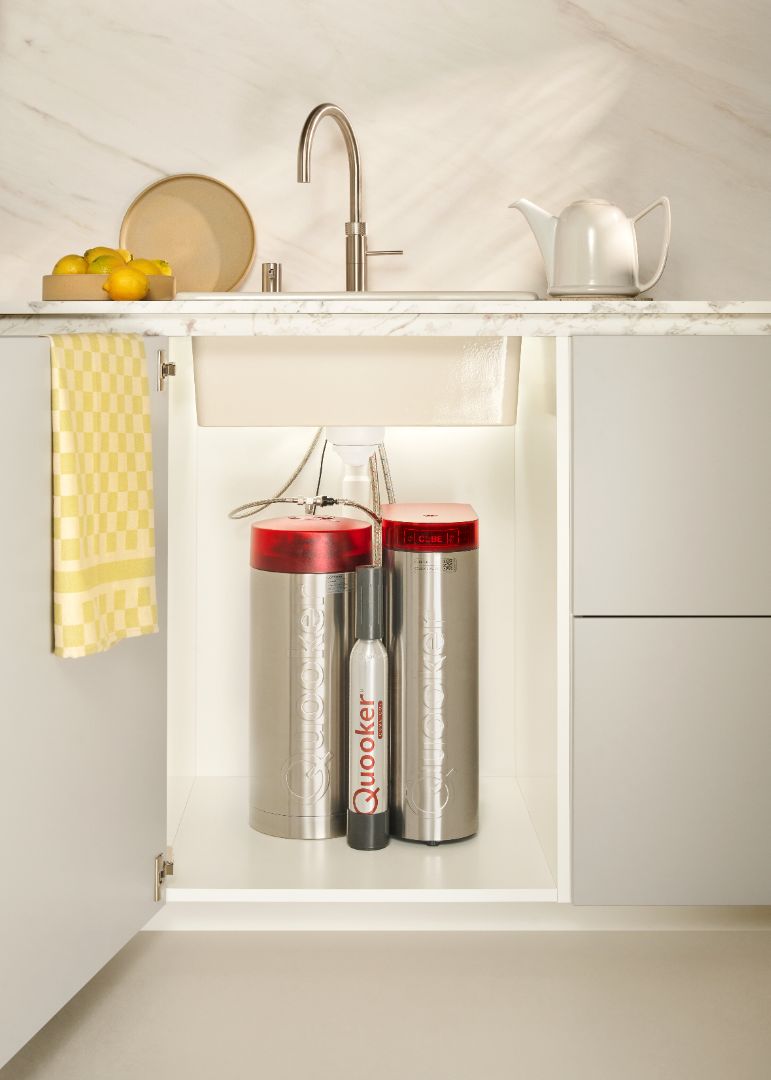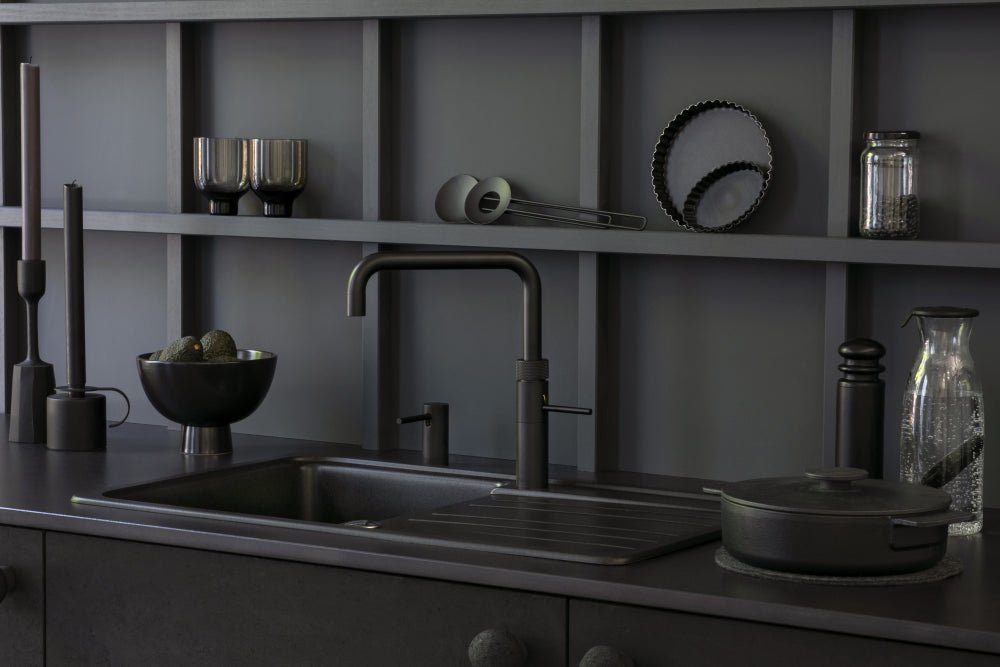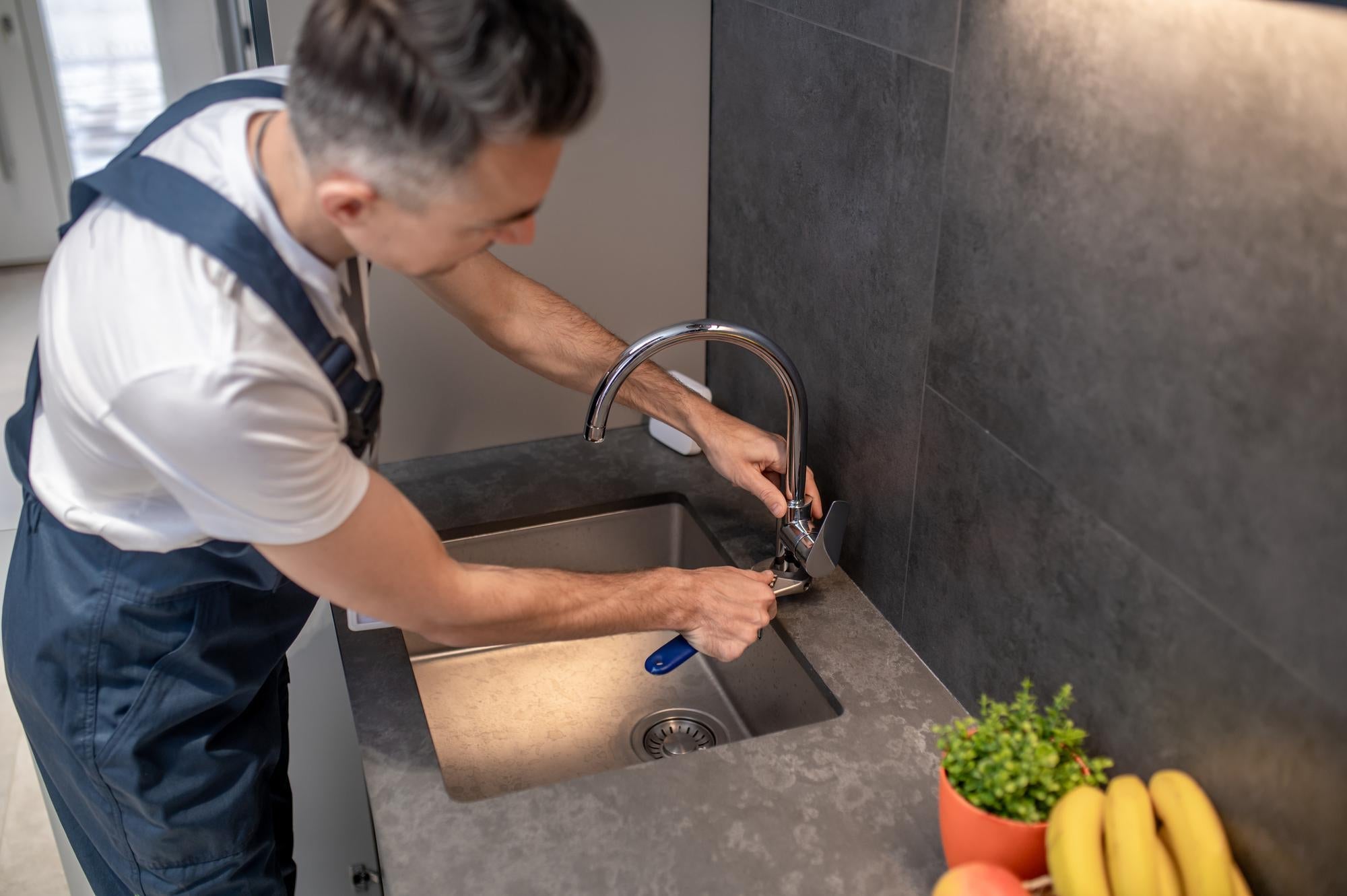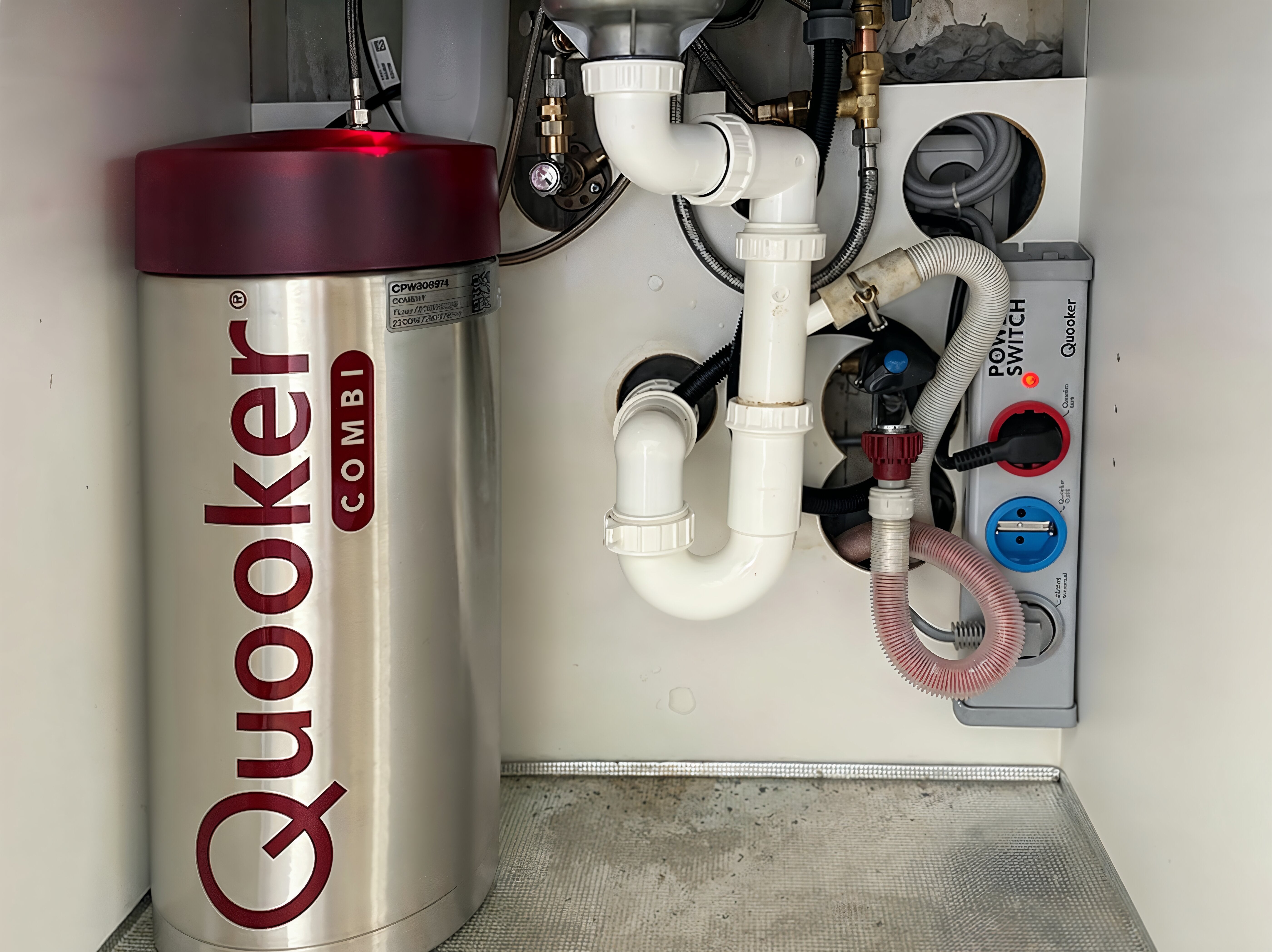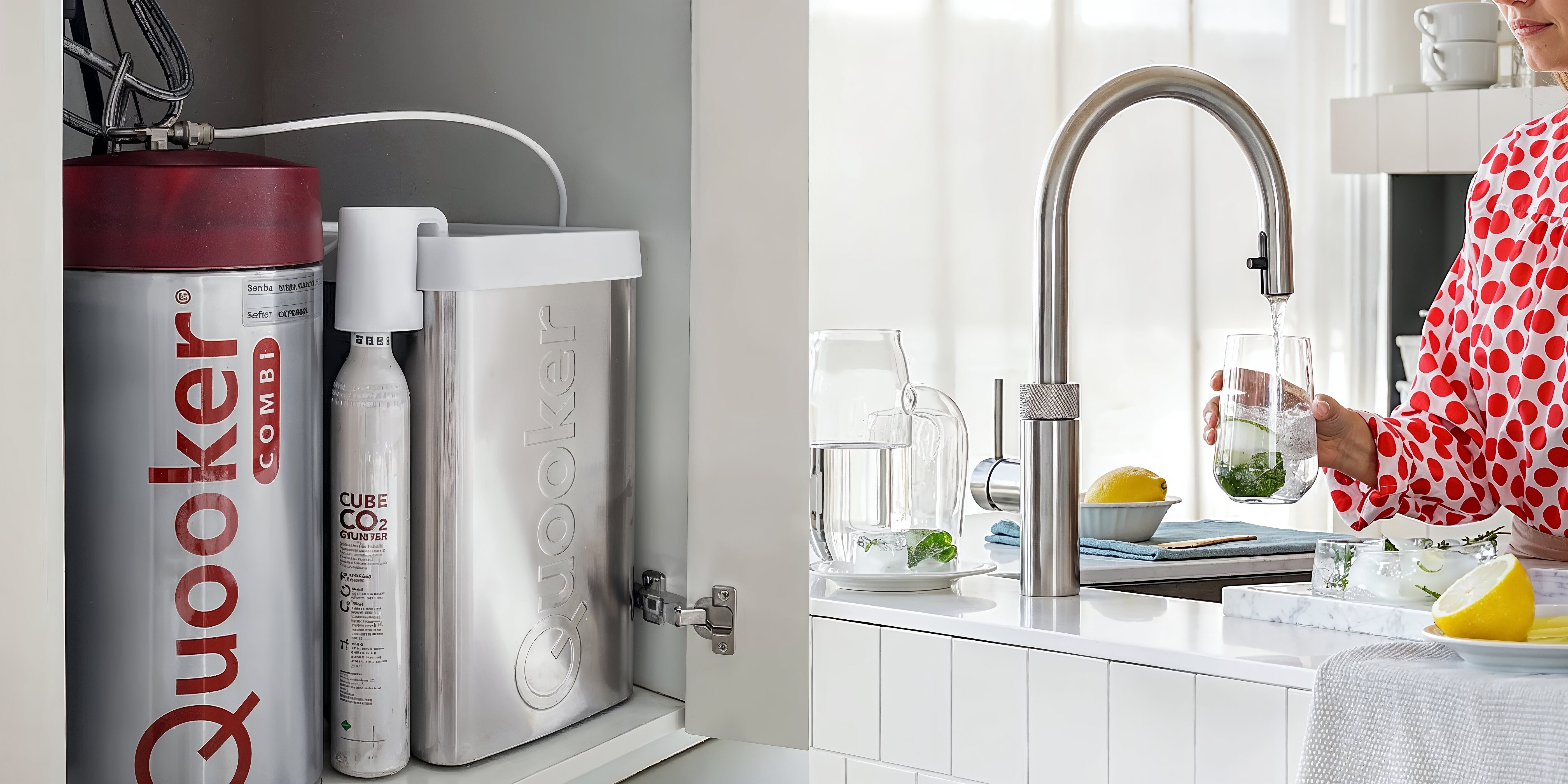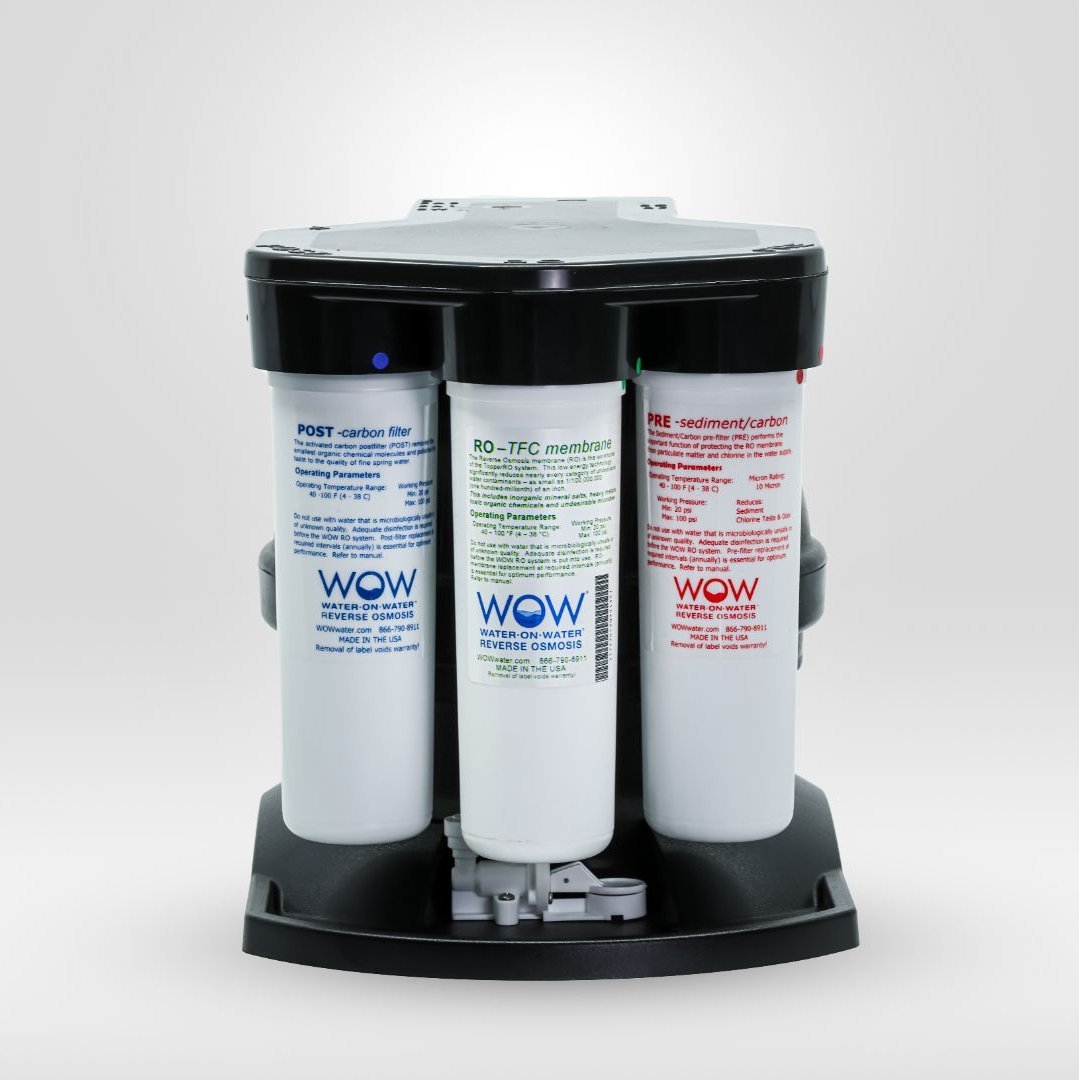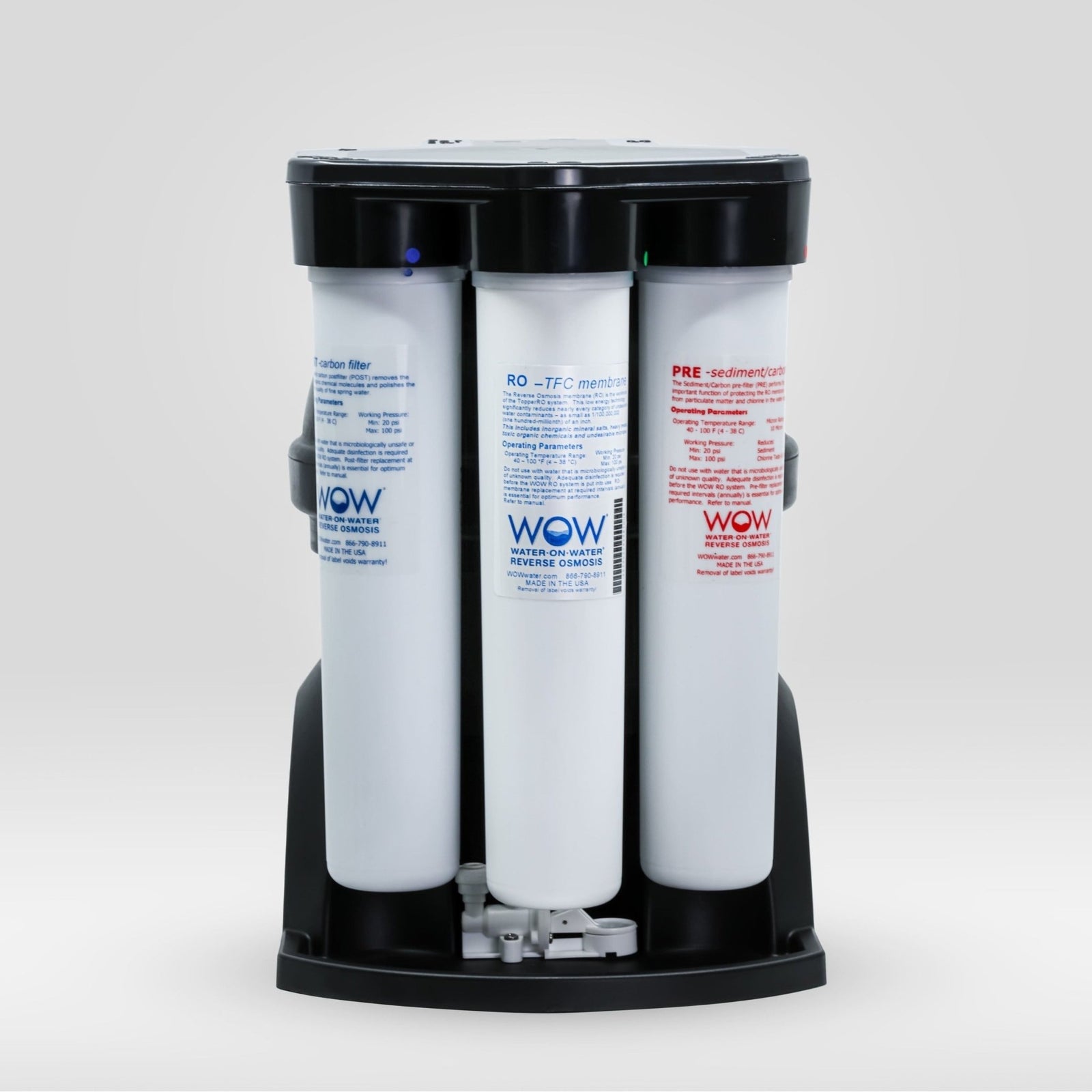How do activated carbon and coconut carbon filters work in water purification?
When choosing a home water filter, it's important to understand the differences between filter types. Activated carbon and coconut carbon are two popular water filtration materials, each with its own characteristics and benefits. The former is made from coal, wood, or other carbon-rich materials, while the latter is specifically crafted from coconut shells. These materials differ in pore structure, filtration capacity, and lifespan, which directly impacts their effectiveness in purifying drinking water.
The operation of both filter types is based on the principle of adsorption—a process in which contaminants adhere to the surface of the filter material. In activated carbon filters, a porous structure is created by heating materials such as coal or wood under oxygen-free conditions. This treatment creates a vast internal surface with millions of microscopic pores where contaminants can be trapped.
Coconut carbon filters are made specifically from coconut shells and undergo a similar activation process. The main difference lies in the pore structure: coconut carbon naturally contains more micropores (smaller than 2 nanometers), while traditional activated carbon often has larger mesopores (2-50 nanometers). These structural differences determine which substances are effectively filtered.
The smaller micropores in coconut carbon make this material particularly effective at removing smaller molecules such as certain organic compounds and chlorine. Traditional activated carbon, with its larger pores, is actually better at filtering larger molecules and particles.
Which contaminants do these filters remove best?
Both filter types are effective against certain contaminants, but differ in their specializations. Activated carbon filters excel at removing chlorine, chlorine taste and odor, and larger organic molecules. They are also reasonably effective against some pesticides, herbicides, and industrial solvents.
Coconut carbon filters, thanks to their finer pore structure, have an advantage in filtering smaller molecules. They are excellent at removing volatile organic compounds (VOCs), certain pesticides, and chlorine. Moreover, they often perform better in improving the taste and odor of water.
Both filter types offer limited protection against heavy metals like lead or mercury. A water filter system with reverse osmosis technology is more effective, such as our Source systems, which can remove up to 99% of unwanted substances.
| Pollution | Activated carbon | Coconut carbon |
|---|---|---|
| Chlorine | Good | Excellent |
| Organic matter | Good (larger molecules) | Good (smaller molecules) |
| Pesticides | Moderate to good | Good |
| Taste and odor improvement | Good | Excellent |
What is the lifespan and cost-effectiveness of both filter types?
The lifespan of water filters depends on several factors, including water quality, frequency of use, and filter size. Generally, coconut carbon filters have a longer lifespan than conventional activated carbon filters. This is due to the higher density and greater adsorption capacity of coconut shells.
In terms of cost-effectiveness, coconut carbon filters are generally a bit more expensive to purchase, but their longer lifespan can make them more cost-effective in the long run. A coconut carbon filter lasts an average of 20-30% longer than a comparable activated carbon filter.
From an environmental perspective, coconut-carbon filters have an advantage because they are made from a renewable resource. Coconut shells are a byproduct of coconut production, giving these filters a smaller carbon footprint than filters made from coal or other non-renewable resources.
At PureAqua, we offer high-quality water filter systems with carefully selected filter materials for optimal water purification. For best results, we recommend replacing filters annually, regardless of type, to ensure consistently high water quality.
For the most effective water purification, we recommend choosing a complete system such as our reverse osmosis water filter systems, which combine carbon filtration and other purification techniques for the very best results.
